Table of Contents
Introduction
SEO, or Search Engine Optimization, is crucial for enhancing the visibility and ranking of your website in search engines. By implementing SEO best practices, you can drive more organic traffic, increase brand exposure, and connect more effectively with your audience. In this guide, we'll explore ten foundational SEO strategies that can improve your site's performance and visibility in search results. Whether you're new to SEO or looking to refine your approach, these steps will give you a solid foundation.
Keyword Research
Keyword research is the cornerstone of any SEO strategy. Begin by identifying relevant keywords that your target audience is actively searching for. Tools like Google Keyword Planner, Ahrefs, and SEMrush can help you discover keywords with high search volume and manageable competition. To maximize reach, consider both short-tail keywords (e.g., "SEO") and long-tail keywords (e.g., "how to improve SEO for small business websites"). By strategically targeting these keywords in your content, you improve the likelihood of reaching users who are interested in your offerings.
On-Page SEO
On-page SEO involves optimizing various elements on your website to improve its relevance for search engines. Key areas to focus on include meta tags, title tags, headers, and URL structures. Ensure that each page has a unique title and meta description that incorporates your target keywords. Structuring your content with headings (H1, H2, etc.) also helps search engines understand the hierarchy and relevance of the content. Furthermore, including keywords naturally in your content makes it more accessible and understandable to both users and search engines.
Content Quality
High-quality, valuable content is what keeps users engaged and coming back to your site. Search engines prioritize content that is well-researched, informative, and user-centric. Regularly updating your content also signals to search engines that your site remains relevant. Incorporate visuals like images, videos, and infographics to make the content more engaging. Aim to answer common questions within your niche, provide insights, and deliver solutions that users are seeking. This boosts credibility and increases the likelihood of ranking higher on search engine results pages (SERPs).
Internal and External Linking
Effective linking enhances navigation and SEO. Internal links (links to other pages on your site) help users explore related content, keeping them engaged longer. They also distribute link equity across your site, which can positively impact rankings. External links, on the other hand, connect your content with reputable sources. Linking to authoritative websites adds credibility and signals to search engines that your content is well-researched. Aim to use relevant, high-quality links that support your topic and provide additional value to your audience.
Mobile Optimization
As mobile internet usage continues to grow, mobile optimization is essential. Search engines, especially Google, prioritize mobile-friendly sites, which is why it’s vital to use a responsive design that adjusts to various screen sizes. This means that your site should load quickly and look appealing on smartphones and tablets. Test your site’s mobile performance with tools like Google’s Mobile-Friendly Test, and consider optimizing images, simplifying navigation, and reducing pop-ups for a seamless mobile experience.
Page Speed
Page speed directly influences user experience and is an essential ranking factor for SEO. Users are likely to abandon a site that takes too long to load, leading to a high bounce rate. Optimize images by compressing them, minimize code by removing unnecessary CSS and JavaScript, and leverage browser caching to improve load times. Tools like Google PageSpeed Insights and GTmetrix can help identify areas for improvement, allowing you to create a faster, more responsive site that meets user expectations.
User Experience (UX)
User experience (UX) is about providing a seamless, enjoyable journey for visitors on your website. This includes easy navigation, a clean layout, and accessible content. A well-designed UX encourages users to spend more time on your site, engage with content, and take action (e.g., subscribing, purchasing). By organizing information clearly and ensuring that the site is free from distractions, you increase the likelihood that users will return. Search engines interpret these positive interactions as a sign of a high-quality site, which can improve rankings.
Backlink Building
Backlinks, or inbound links from other websites, are a critical factor in SEO. Quality backlinks from authoritative sites indicate to search engines that your content is trustworthy and valuable. To build backlinks, consider guest blogging, creating shareable content, collaborating with influencers, and submitting your site to relevant directories. Avoid low-quality or spammy backlinks, as they can harm your SEO. A strong backlink profile can significantly boost your site's authority and improve search engine rankings over time.
Local SEO
For businesses that serve a specific geographic area, local SEO is essential. Optimize your site for local keywords (e.g., "best Italian restaurant in New York") and create a Google My Business listing. This improves visibility for local searches and allows your business to appear on Google Maps and in local search results. Encouraging customers to leave reviews and engaging with them online can also boost local SEO, helping you build a stronger presence in your community and attracting more local traffic.
Analytics
Regularly tracking and analyzing your website’s performance is key to refining your SEO strategy. Tools like Google Analytics and Google Search Console provide insights into traffic sources, user behavior, and site performance. Use these insights to identify which pages are performing well, where users are dropping off, and what improvements can be made. By setting measurable goals and monitoring progress, you can make data-driven decisions to enhance your SEO efforts and achieve better results over time.
Conclusion
Implementing these ten SEO steps can provide a solid foundation for boosting your website’s visibility and attracting more organic traffic. SEO is an ongoing process that requires regular updates, quality content, and strategic link-building. By focusing on your audience's needs and consistently optimizing your site, you can improve search rankings, drive engagement, and achieve long-term success.


